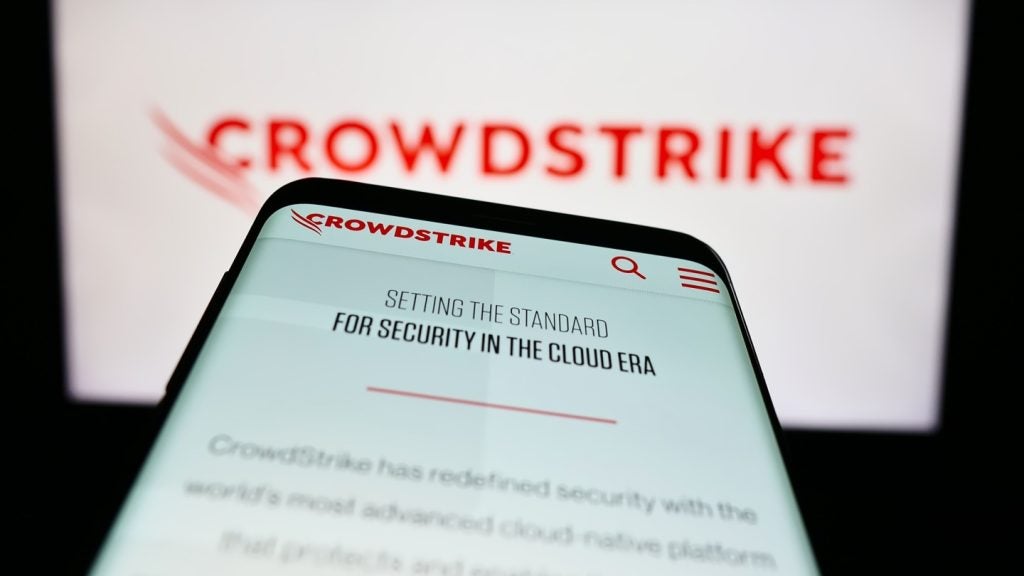Walking into the lavishly refurbished Apple Store in Regents Street, you’d be given forgiven for thinking you’d wandered into an exhibition space rather than a shop.
Leave the pristine, tree-lined avenues of the electricals giant’s West End flagship and head around the corner to the Dyson store and you can regale yourself with the science behind the brand’s famously innovative products and take a trip down memory lane to view the Dyson story in all its glory.
From the towering, geometric marvel that is the so-called head of design pod, shaped like a giant head and the centre piece to John Lewis’s new home department, to the 20 square metres of LED screens at Dixons Carphone, Oxford St is beginning to rival South Kensington for spectacle.
So what is behind all this ceremony?
The brightly lit windows of Oxford Street may be a far cry from the boarded up windows of vacant shops across the nation’s secondary high streets, but despite being at opposite ends of the spectrum, both are manifestations of the impact online is having on the British retail store.
While online is readily associated with store closures and the gradual demise of the British high street, it rarely receives recognition for the positive effect it has had on the physical retail scene.
How well do you really know your competitors?
Access the most comprehensive Company Profiles on the market, powered by GlobalData. Save hours of research. Gain competitive edge.

Thank you!
Your download email will arrive shortly
Not ready to buy yet? Download a free sample
We are confident about the unique quality of our Company Profiles. However, we want you to make the most beneficial decision for your business, so we offer a free sample that you can download by submitting the below form
By GlobalDataOf course, there are the downsides.
With consumers demanding ever more convenient and flexible fulfilment, the cost of doing business online is mounting, weighing heavily on profitability, yet few retailers can afford to pull back investment, given how much the British public has taken it to heart.
So savings have to be made somewhere else to feed the investments in IT and logistics that are the life blood of online. The logical place to look is the store portfolio, leading inevitably to the dreaded announcement that a retailer is planning to rationalise its store estate.
There is another side to the story though.
By putting pressure on the store to prove its worth, online has shone the spotlight on the hidden potential of bricks and mortar. Take branding for example. While an online pure-play like Boohoo spends more than 10 percent of its revenue on marketing, store only retailers like B&M and Primark, pride themselves on their limited marketing budgets.

All three retailers have seen substantial revenue growth in recent times, so how can the latter two get away without spending heavily on marketing?
The answer lies in the often over-looked value of the store as a marketing tool.
It is this very quality of the store, along with the drive to offer something that can’t be accomplished online, that is helping to drive the interior design revolution in prime shopping areas throughout the country.
This is the age of the experiential store.
Being a visible showcase for the brand is just one way in which online has highlighted the advantages and perhaps the hidden potential of the store. Another, is in range.
By presenting retailers with the opportunity to showcase their full range in cyber space, online has spawned a new generation of stores with pared down ranges.
Stores can now be used to provide a flavour, rather than a complete overview of what each retailer offers.
In turn, this has inspired retailers, like John Lewis and Ikea, to experiment with new formats, departing both from their traditional footprints and their traditional locations, reaching new audiences in the process. And, of course, there is click & collect, which is creating a new industry of lockers and parcel shops ready to service demand.
The forces of online and bricks and mortar retail are all too often viewed as antagonistic. There is little doubt that online has and will continue to sound the death knell for many stores, but it has also breathed new life into the concept of the store itself.
In this way, it is helping retailers to appreciate the complete contribution of the store, which extends far beyond the value of the sales flowing through its tills.






Related Company Profiles
Currys plc
Dyson Ltd